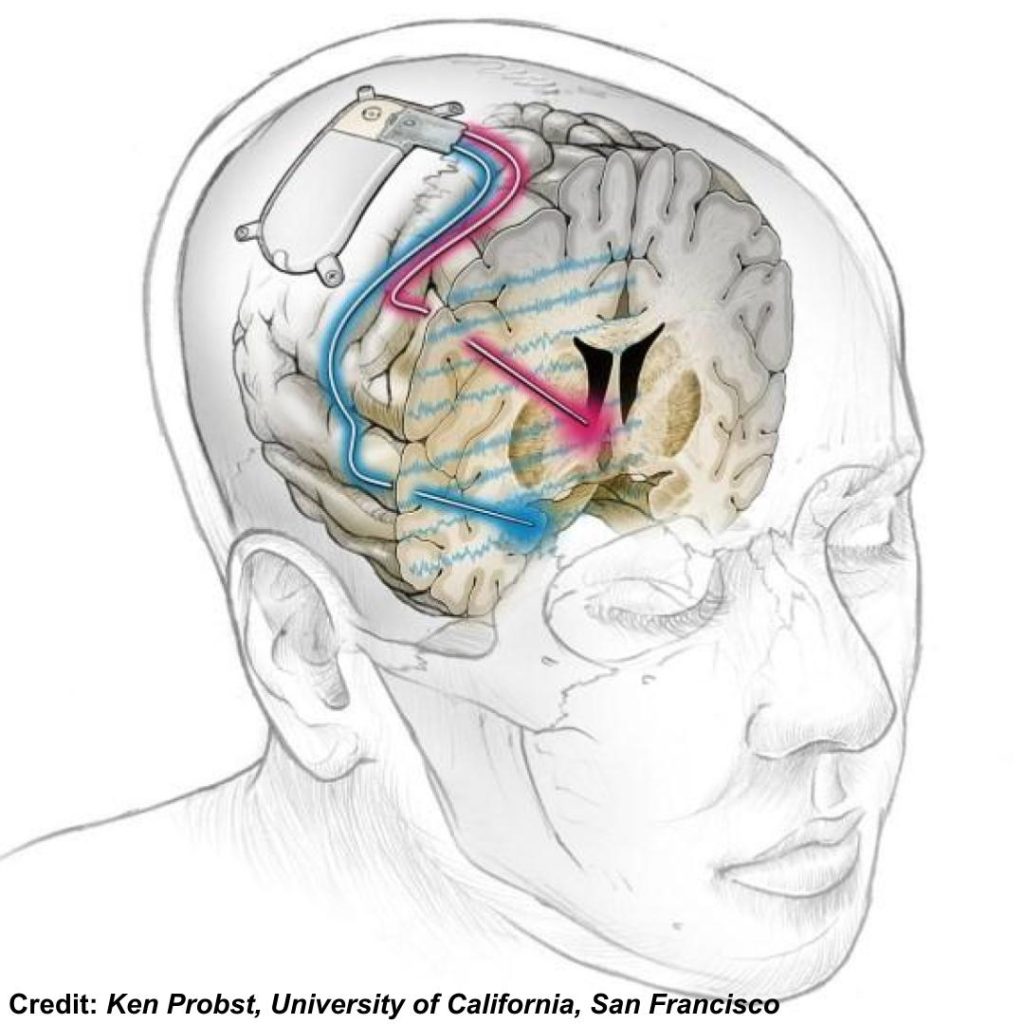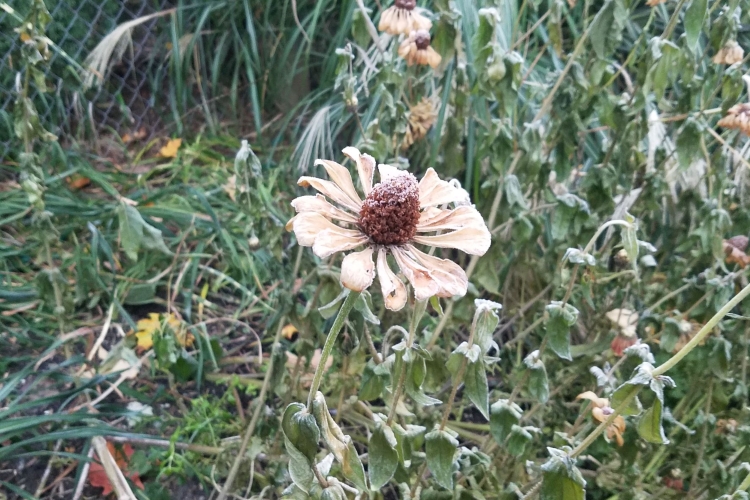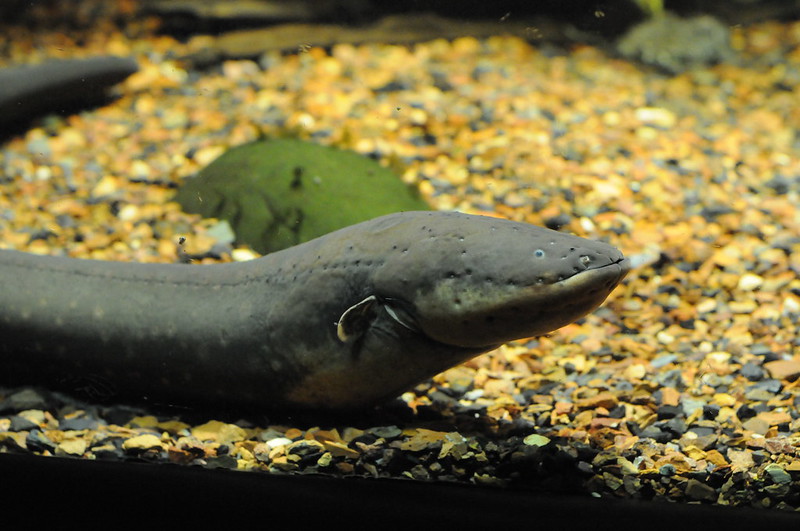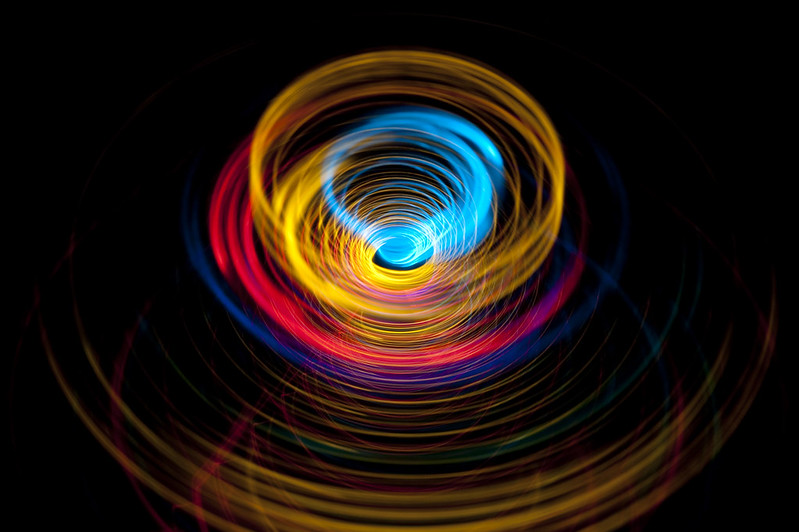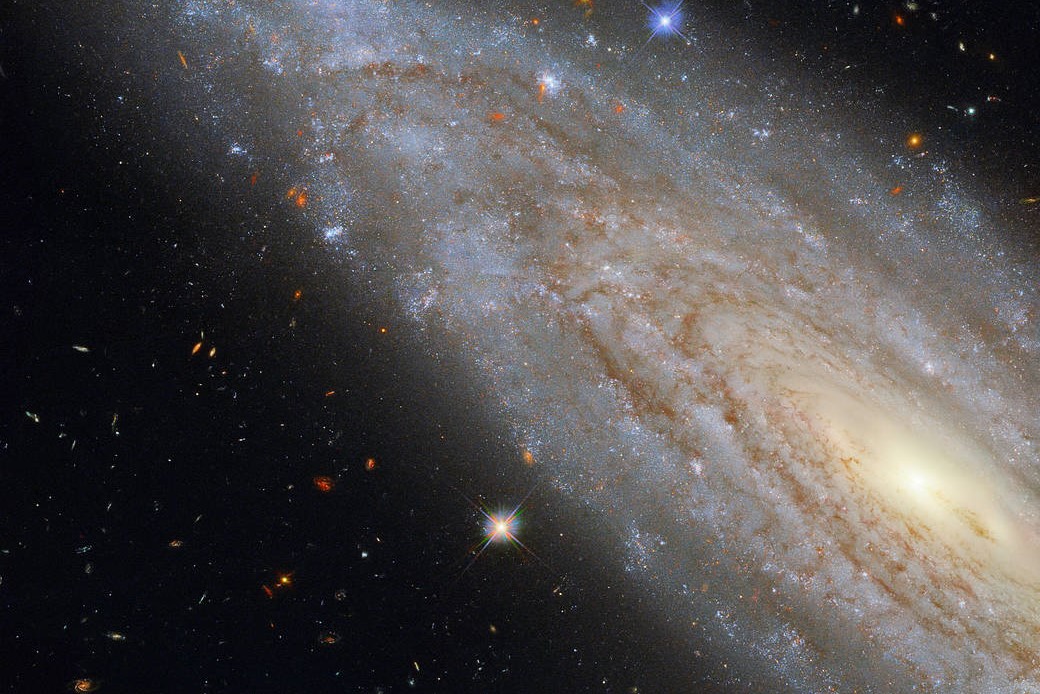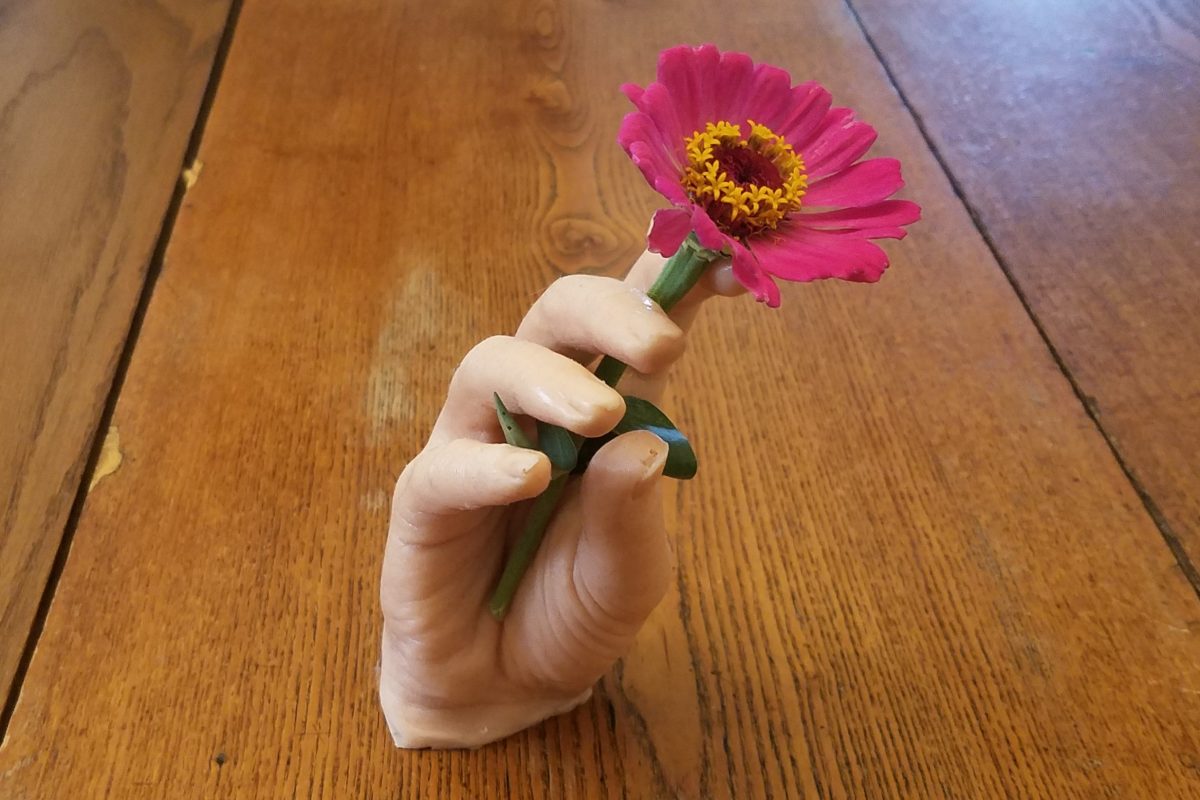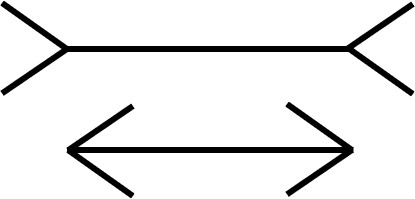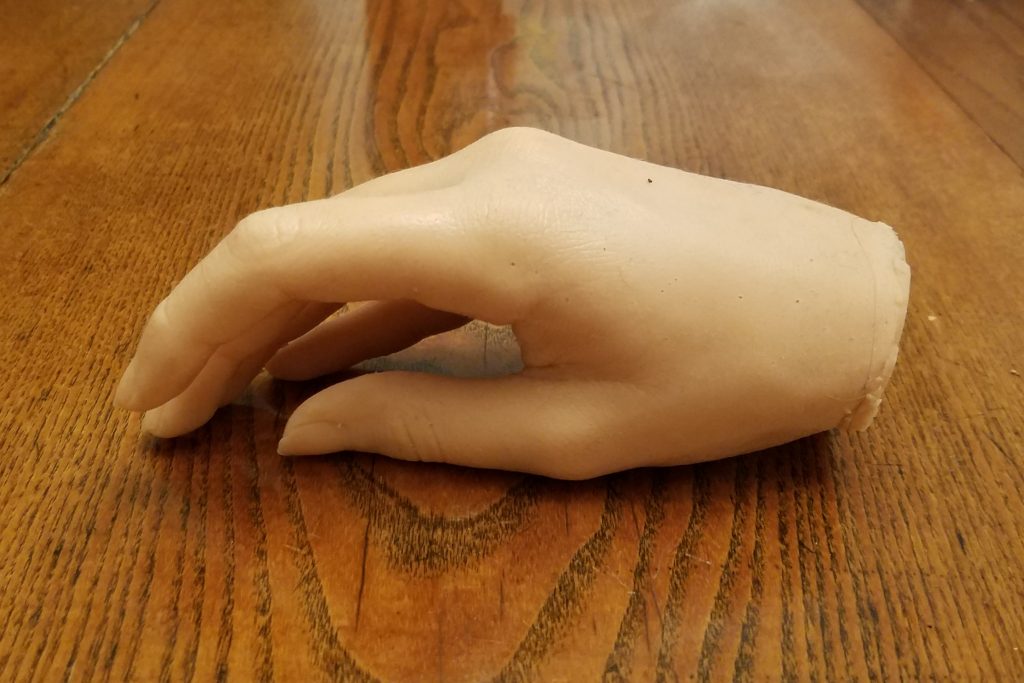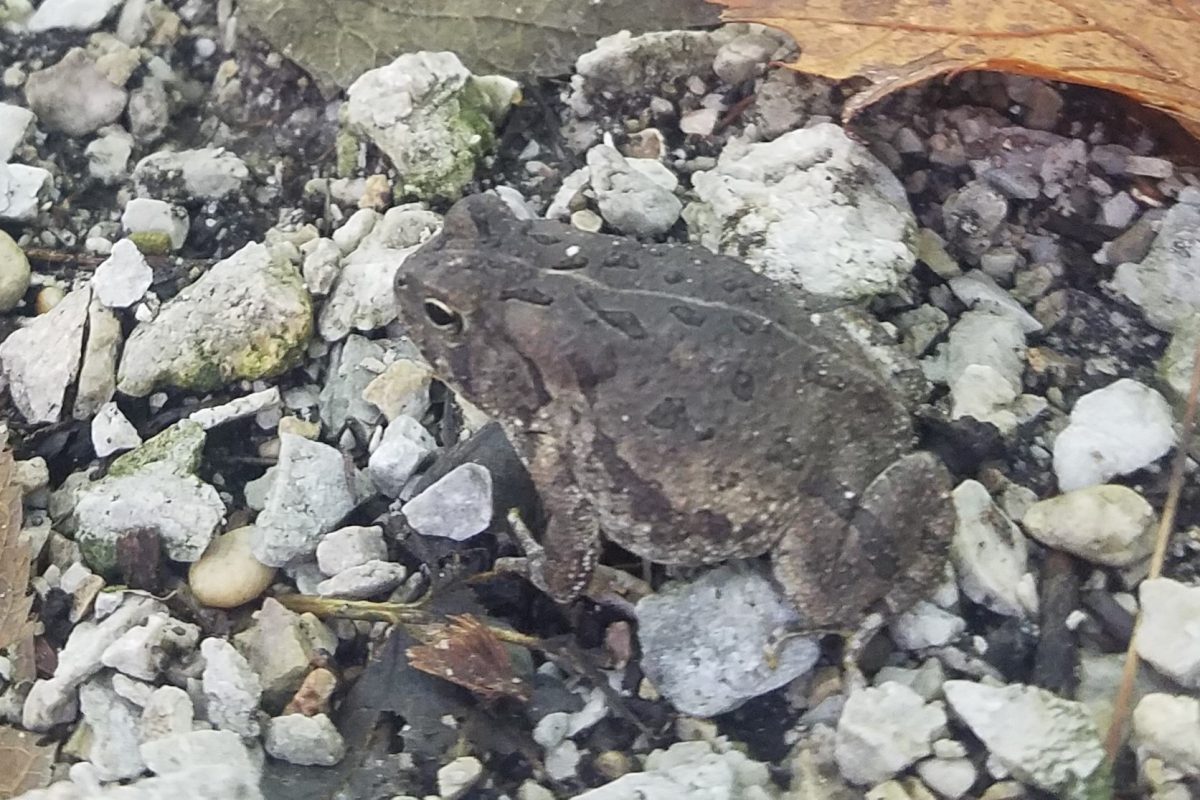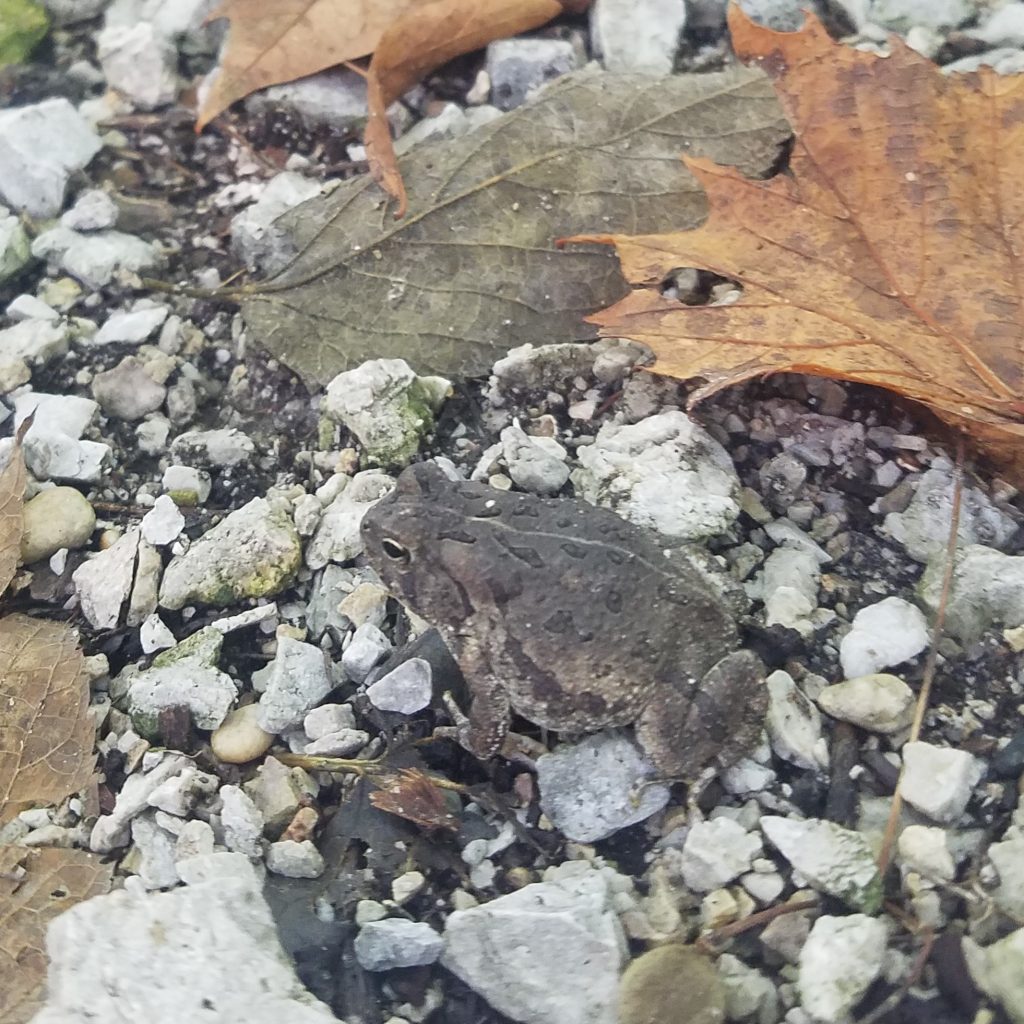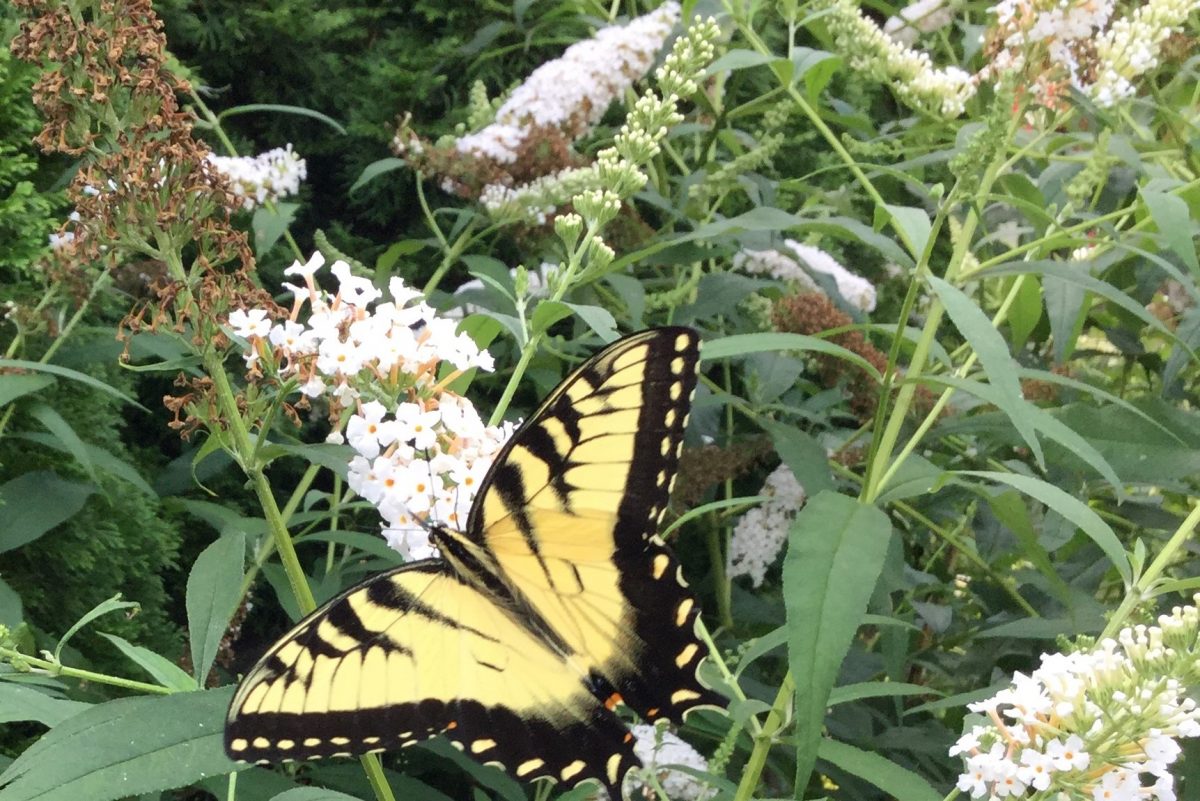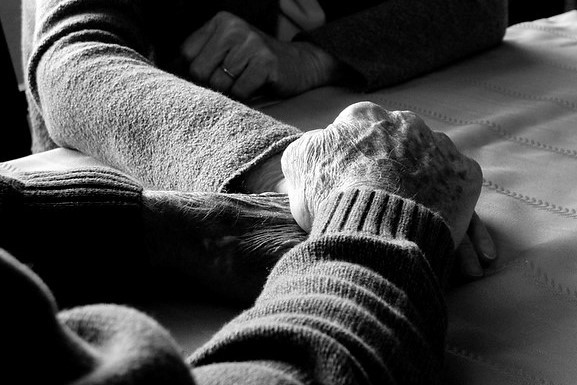In the last few months, as struggles in the U.S. have intensified over access to abortion, I have found myself conflicted as I reflected on the logic of my own attitudes. On the one hand, I see that access to abortion is an important part of reproductive medicine. But, I can appreciate that drawing a single, firm line to define when abortions could be allowed is difficult.
The life of a living thing begins when conditions are right, and will come to an end when conditions change. Much as a whirlpool emerges from the turbulent flow of a river, we exist as a temporary, dynamic structure. Our life is never really separate from the universe, in the same way that a whirlpool is not separate from the water of the river.
And, as every whirlpool stills eventually, it is natural for each life to come to an end. But, it is also natural, and right, to cherish our time as a living being – and I believe deeply that each life is a precious treasure. But, each human life, from conception to birth and beyond, is a process without sharp transitions. Each life takes its shape and structure gradually, much as a whirlpool begins with a gentle rotation, and only slowly takes its mature form. Where then does abortion fit into our responsibility to life?
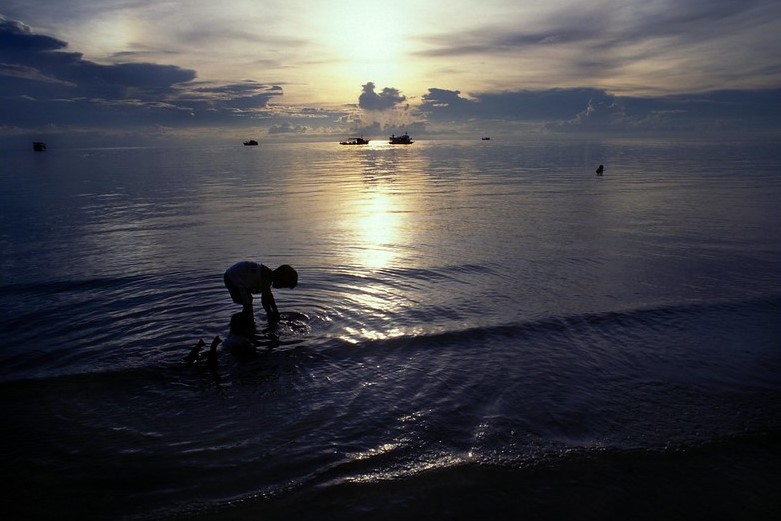
Thinking about abortion as a Zen practitioner, one recent piece that I found interesting was by Sallie Jiko Tisdale about Buddhist views on abortion. Tisdale considers the tension that we see in some Buddhist traditions, observing:
… the conclusion of Orthodox Buddhist scholars has long been that a human being appears at the moment of conception. Because human birth is a rare and precious gift, to deprive a being of the opportunity is a grave mistake. Therefore, a one-day-old embryo must be accorded the same protection as living human beings.
Sallie Jiko Tisdale, Is There a Buddhist View on Abortion?
However, this view – of the absolute sanctity of human life – contrasts with some Buddhist teachings that human life is impure, or to be avoided:
Traditional Buddhism is anti-birth, based in a celibate and solitary life outside the family. Sexual desire is said to turn the wheel of samsara, and procreative sex is a greater transgression for a monastic than nonprocreative sex. The uterus is a disgusting place and babies begin to decay at birth, yet women are told to sacrifice themselves for the sake of the embryo… A human body is so rare and precious that we must protect it from the day of conception? … Wouldn’t the highest form of practice be to create more opportunities for human birth?
Sallie Jiko Tisdale, Is There a Buddhist View on Abortion?
In that essay, I was struck by the line, “Wouldn’t the highest form of practice be to create more opportunities for human birth?”
I put this question to myself: if I believe that to live as a human is a precious gift, then do I see an ethical obligation to increase human life, an imperative for procreation? You can find similar arguments in other religious traditions, where procreation can be framed as a duty (and here, I think of the conservative Christian “Quiverfull” movement which received attention a few years back).
Personally, neither position – that procreation as a duty, or as a defilement – resonates with me. In the end, what is the real difference between these extremes?
Our human life is a rare opportunity. As we look out into the universe around us, we see great beauty. But, we have not yet seen other people, intelligent beings, looking back at us. Our own galaxy has hundreds of billions of stars. There may be other suns in our galaxy (or beyond) that have planets with life on them, and even intelligent life. However, from what we have seen so far, the universe does not appear to be bursting with life. And, intelligent life may be quite rare. In so many places, the flowering of the universe plays out to an empty room.
The life that we have on this planet, then, seems to be a remarkable gift. And, it would have been a terrible shame, I think, if our planet had been yet another lifeless world. If the course of the river of the universe had run entirely straight, with not a single whirlpool, here on Earth. What if not even one person was ever to have taken a deep and authentic delight in this world? How tragic that would have been.
But on the other hand, what if the river of the universe was a chaotic, churning rapids? Full of whirlpools that came into a crowded existence, interfering with one another, full of suffering? We have seen great suffering where humanity increases beyond the ability to support each person. What benefit is there to bringing life into a world that will not support it?
Influenced by my Zen practice, I would love to see the universe more full of life, bursting with it. But, only to the extent that we can bring an end to suffering, to duhkha. Thinking about this delicate balance, I am reminded of a quote from Paul Broks:
To disturb someone from a state of non-existence is a terrible responsibility.
Paul Broks, Into the Silent Land
Broks was not advising us to avoid our responsibility to life. Rather, he was both acknowledging the precariousness of our life, while celebrating the preciousness of life. And the seriousness of creation, the responsibility we have to children. That resonates with me as a parent. I enjoy so much the delight that children take in the world, in all of the possibilities that their futures hold. And I am afraid, too, of where some of those paths may lead. The responsibility of a parent is awe-inspiring. Momentous.
Any conversations we have about abortion, about reproductive medicine in general, should be grounded in this responsibility to our children, to all of life. To all of children who we have called out of the void of non-existence. And, I don’t think that rigid rules (allowing or restricting abortion or any other reproductive medicine) will entirely satisfy this responsibility.
In this vein, I have appreciated a passage in Kōshō Uchiyama’s book, “Opening the Hand of Thought,” where he describes advising a young woman to get an abortion. Uchiyama felt that ending the pregnancy was wrong, but he also believed that it was the right thing to do in her case. And, if she would have suffered negative consequences for that decision, he was willing to suffer right along side of her:
… it’s not enough for a bodhisattva of the Mahayana to just uphold the precepts. There are times when you have to break them, too. It’s just that when you do, you have to do so with the resolve of also being willing to accept whatever consequences might follow.
Kōshō Uchiyama, “Opening the Hand of Thought”, from “The Bodhisattva Vow”
Most importantly, I feel that our responsibility is to care for life. That we nurture the flower that is human existence, for as long as it can bloom. And that we help those humans, and all sentient beings, escape from suffering and to take delight in existence.
In the end, I don’t know what our laws specifically about abortion should be. But our responsibility, one of the bodhisattva’s vows, is to free all sentient beings from duhkha (suffering). Knowing how to act skillfully in any specific case will require our complete engagement, and may lead us to avoid simple rules.

